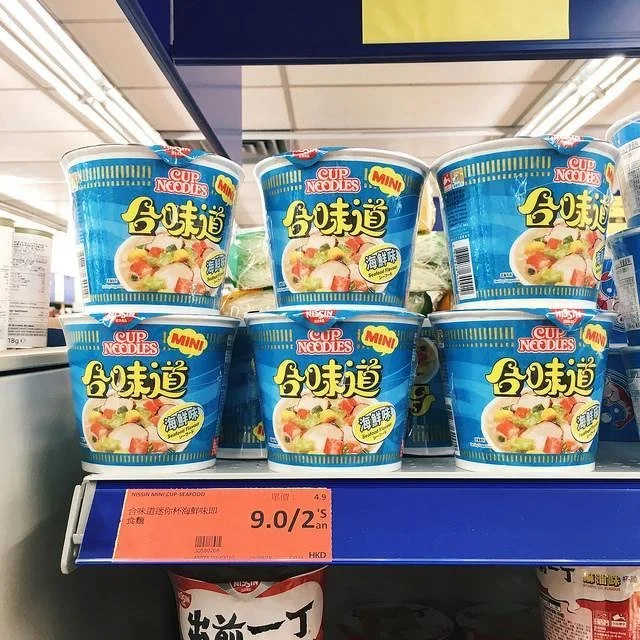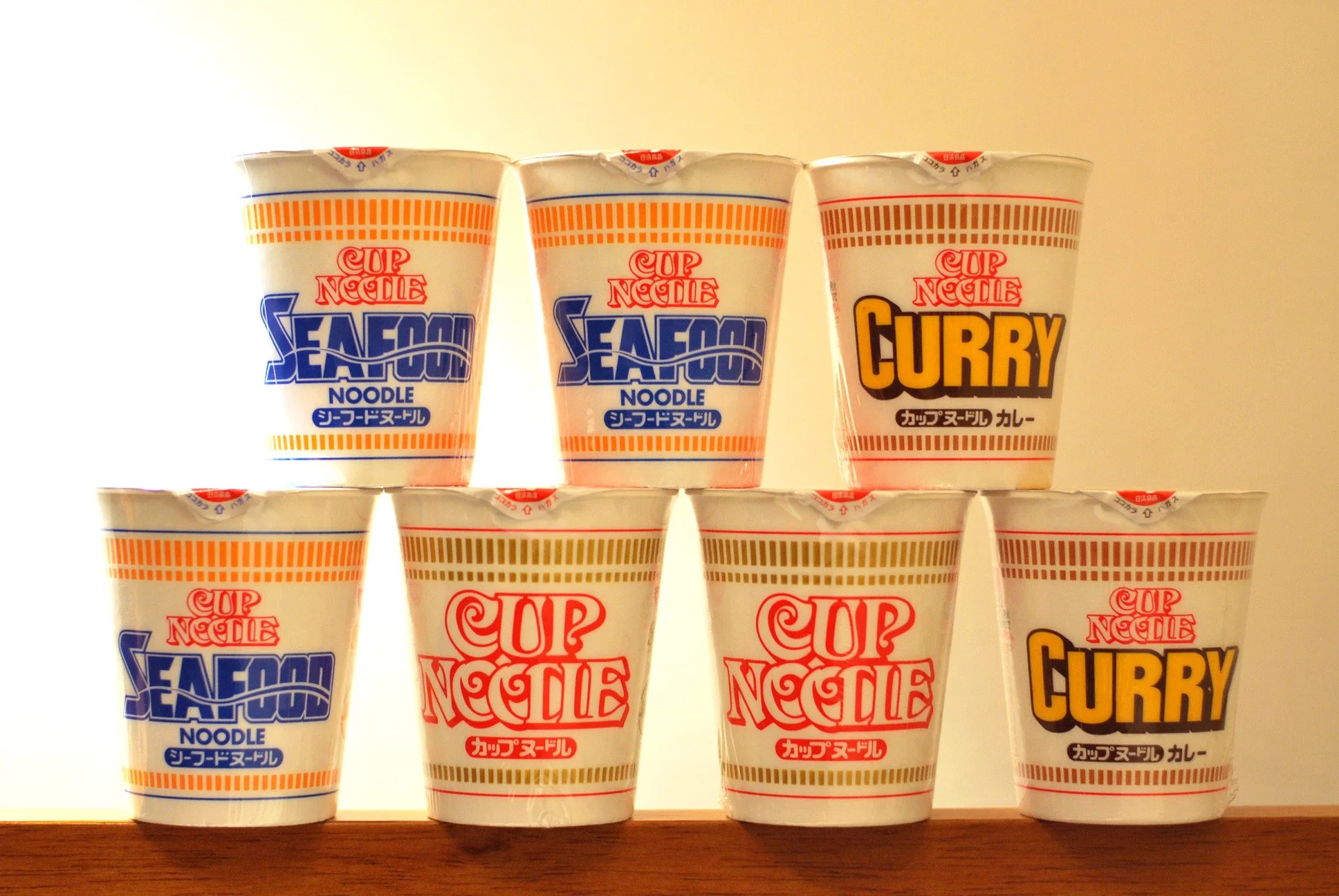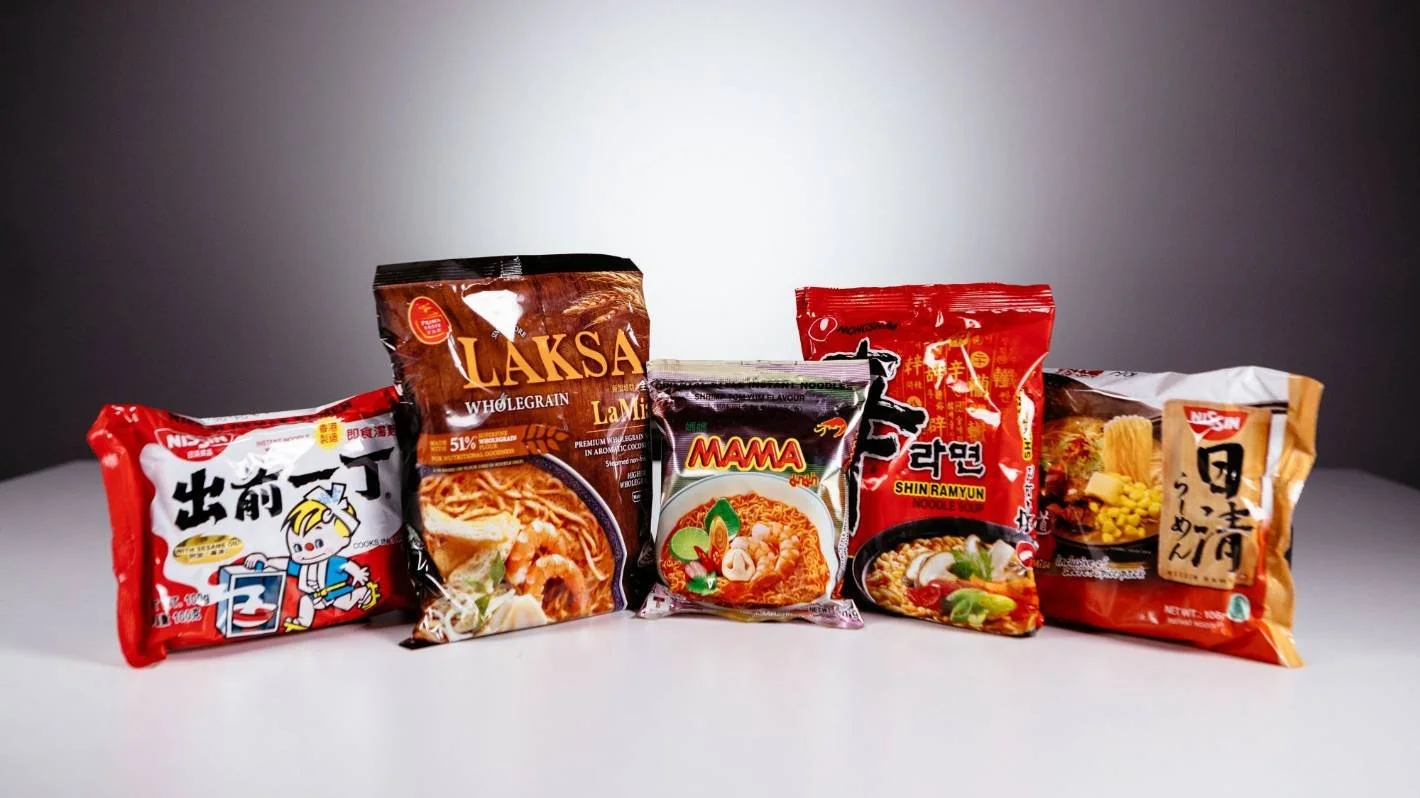Hot Pot in 10 Mins? How Instant Food Market Changes in China
Thirty-five years ago, in the 1980s, having a pack of instant noodles was an absolute pleasure. Nowadays, having instant noodles can still be a quick and budget choice. With the industry development and consumption updates, the food industry has changed a lot in recent years. The instant food industry nowadays satisfies consumers' need for balanced nutrition, variety, and healthy meals and fulfils Chinese people's wish to have a steaming meal anytime and anywhere.
Large Variety of Choice:
The convenience food industry has witnessed rapid development during the pandemic, with hot market demand and a large gap, it became a 250 billion RMB market in 2021.
Self-heating Hot Pots have become popular in recent years. Without fire or electricity, a self-heating hot pot provides a special heating package releasing heat in contact with cold water. The steam heats the food for 10-15 minutes.
Generally, each instant hot pot provides a balanced meal with the meat package, vegetable package, vermicelli, and hot pot base. At the same time, self-heating soups are also on the trend in the Chinese market.
Apart from traditional instant noodles, there's a more significant portion of rice products than before. For example, the instant version of Bao Zai Fan (Claypot rice) has become increasingly popular. The variety of the ready-to-eat meal packages also helps individuals and families prepare a hot meal in 5-10 minutes.
Healthier Choice:
Unlike instant noodles providing a single source of nutrition, current instant food cares more about balancing the diet, safety, and variety. With economic development and people's urgent desire to eat healthily, vegetables and meat are more added to instant food. Lower fat, lower salt, and more protein have become the choice of many consumers. Meanwhile, more standardised regulations are implemented in the industry, especially for self-heating meals.
Specialty Meals:
The industrialisation of traditional food makes people feel a sense of "hometown" wherever they go. People can easily access specialty dishes from all over China from the standardised convenience food, such as spilled noodles from the northwest, duck blood vermicelli soup from the southeast, and red oil noodles from the southwest. Luo Si Fen (river snail rice noodles) from Jiangxi, China, has become one of the hottest dishes. Food technology enables people from all over the world to enjoy the local specialties.
The booming Chinese instant food market is not a coincidence. First of all, apparently, during the epidemic and quarantine time, instant food consumption soared and gave those companies chances to enter, grow and develop. At the same time, the instant food industry faced more competitors with the emergence of food delivery, which has swift service and affordable prices. The instant food market has to transform into more variety, better flavor, and healthier choices.
Moreover, the "Single Economy" boost makes cooking a hassle for most individuals. And with the workaholic culture, life pace in China is getting faster and faster. People have less time to spend with family and cook a good meal. Eating healthy with quick preparation has become the primary need in the market.



